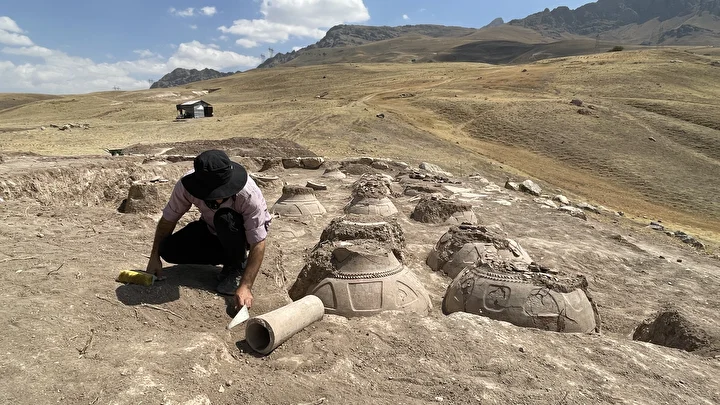
76 Cuneiform-Inscribed Pithoi Unearthed in Kevenli Fortress: Uncovering Urartu’s Largest Ancient Storage Center
Archaeologists in Türkiye’s eastern Van province have unearthed 76 massive pithoi (storage jars) inscribed with cuneiform markings at Kevenli Fortress, a Urartian stronghold on the slopes of Mount Erek. The exceptional find offers new insight into Urartu’s agricultural economy and stands as the largest known ancient storage facility in the Van region. Rare Inscriptions Reveal
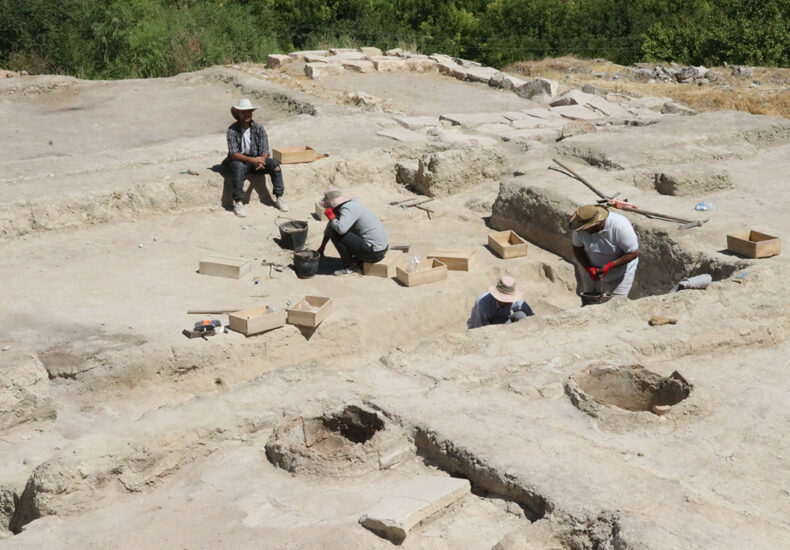
3,000-Year-Old Neo-Hittite Meat Oven Discovered at Arslantepe Mound
In eastern Türkiye, archaeologists at Arslantepe Mound have unearthed a 3,000-year-old underground meat oven dating to the Neo-Hittite period. Although resembling a traditional tandır, the structure served a different purpose. The discovery is regarded as a striking development for both archaeology and gastronomy. Located just 7 kilometers from Malatya’s city center, Arslantepe was continuously inhabited
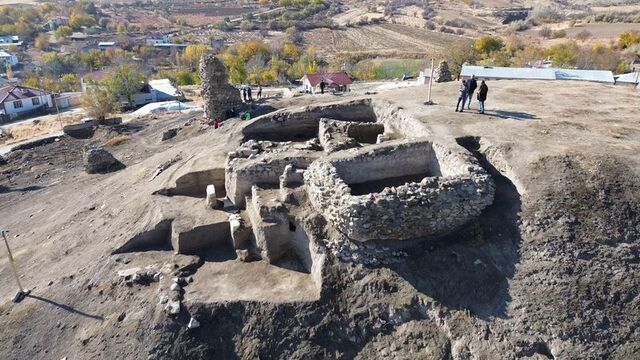
After a 6,000-Year-Old Temple, Roman-Era Road Discovered at Tadım Castle
Archaeologists excavating Tadım Castle, located 12 kilometers south of Elazığ, have uncovered a Roman-era stone-paved road, believed to have been used by kings or members of the nobility. The road features edge curbs and carefully laid paving stones, indicating it was reserved for high-ranking individuals of the period. This discovery follows the unearthing of a
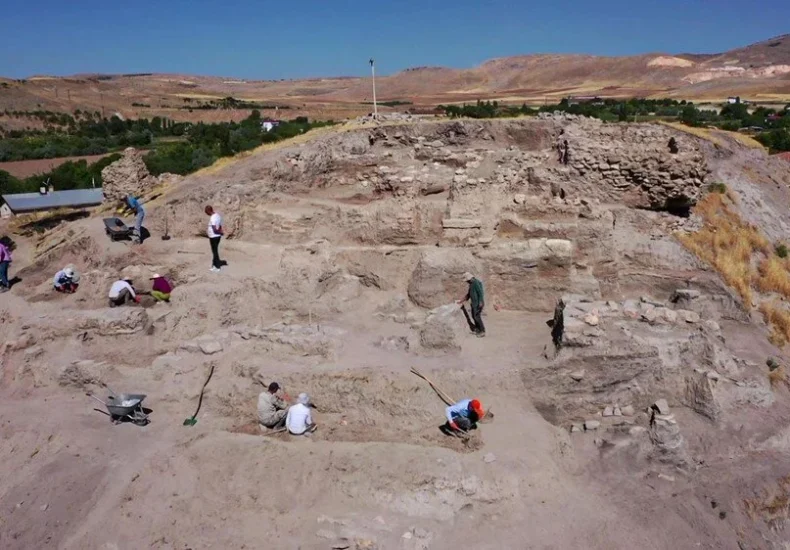
Evidence of 6,000-Year-Old Sacrificial Rituals Unearthed at Tadım Fortress Excavations in Elazığ
Archaeological excavations at Tadım Fortress and Mound in Elazığ, eastern Türkiye, have revealed striking evidence of religious practices dating back nearly 6,000 years. Conducted under the direction of the Elazığ Archaeology and Ethnography Museum, the investigations are shedding new light on both daily life and ritual traditions of the region’s prehistoric communities. This season, archaeologists
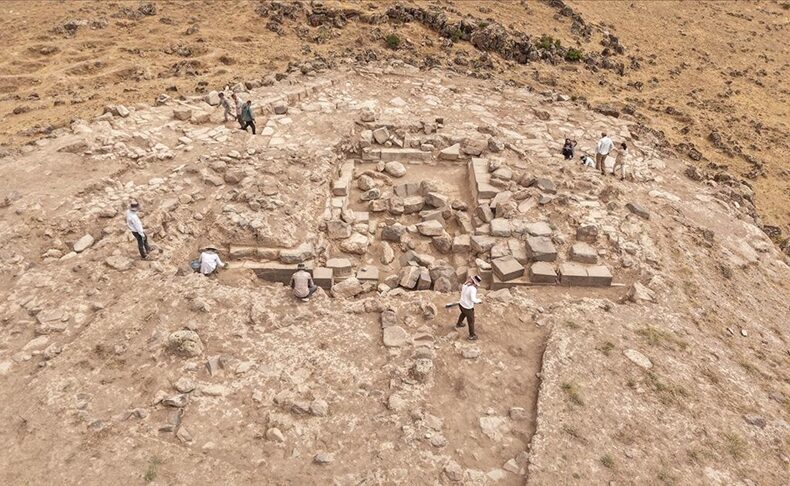
Unearthed Legacy: Körzüt Fortress Identified as “Haldi’s Sacred City” Through Cuneiform Tablets
Excavations in eastern Türkiye’s Van Province have revealed that the ancient Körzüt Fortress—built by the Urartians—was once known as “Haldi Patari,” meaning “The Sacred City of Haldi.” The discovery stems from the deciphering of cuneiform tablets found within a monumental temple complex. Perched on the volcanic slopes of the Muradiye district, Körzüt Fortress has long
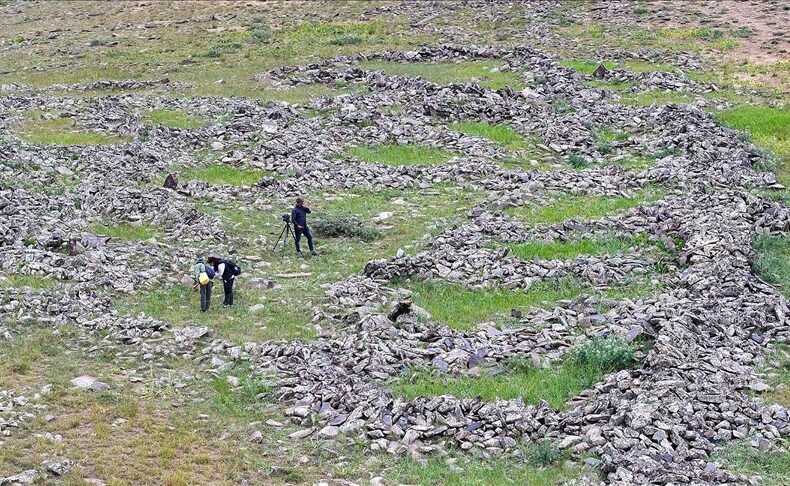
3,000-Meter-High Stronghold Discovered in Eastern Türkiye May Reveal Urartian Secrets
Archaeologists unveil a massive high-altitude Iron Age fortress in Van’s Tirişin Plateau, offering rare insight into the military and pastoral strategies of ancient eastern Anatolia. In a groundbreaking discovery that could reshape our understanding of highland civilizations in eastern Anatolia, archaeologists in Türkiye have uncovered the ruins of a colossal mountain-top fortress nearly 3,000 meters
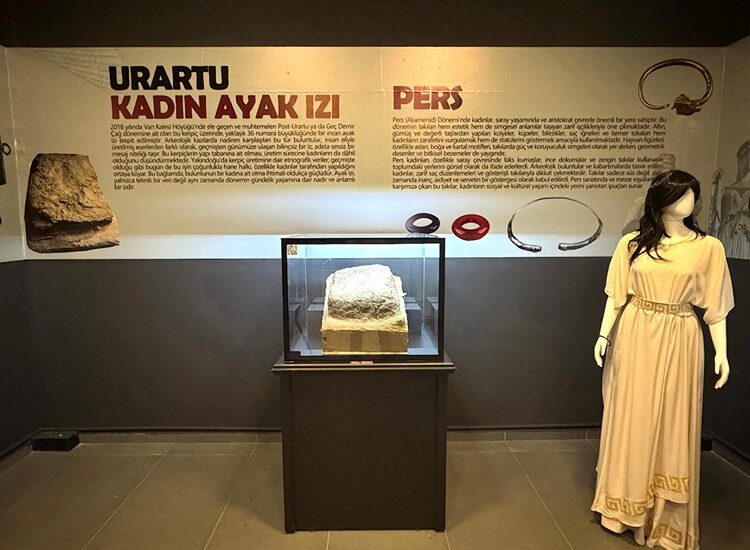
Footprint of an Urartian Woman Goes on Public Display for the First Time in Van Museum
Dating back nearly 3,000 years, a remarkably preserved female footprint imprinted in mudbrick reveals rare insight into daily life and women’s labor during the Urartian era. A silent echo of an ancient life has surfaced for public view: a female footprint from the Urartian civilization is now on display for the first time at the
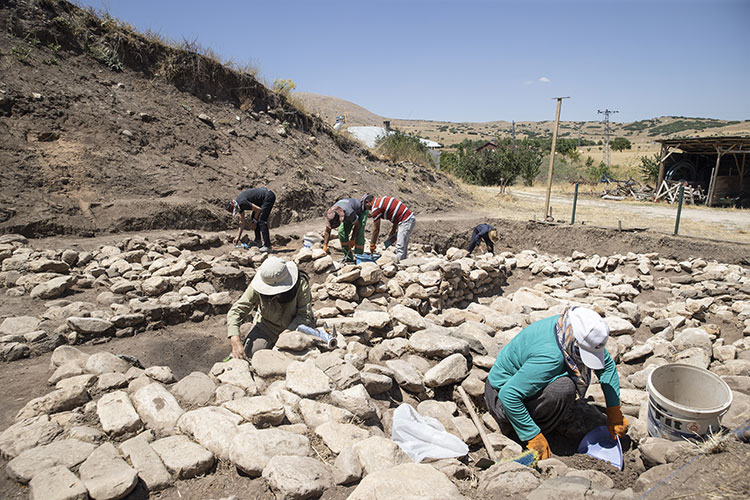
Archaeological excavations continue at the 8,000-year-old Tozkoparan Mound in eastern Türkiye
After a two-year hiatus, archaeological excavations have resumed at Tozkoparan Mound, located in the Pertek district of Tunceli, eastern Türkiye. Recognized as a first-degree archaeological site in 2017, the mound is believed to contain layers of human settlement dating back over 8,000 years. New findings are expected to shed light on prehistoric life in Eastern
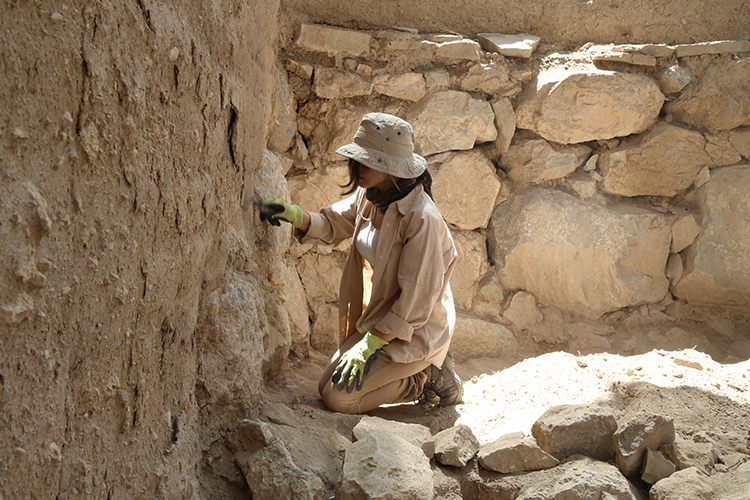
Archaeologists Uncover Striking New Findings at the Royal Temple of Haldi in Ayanis Fortress
With special permission from the Turkish Ministry of Culture and Tourism, excavations continue at Ayanis Fortress, one of the most monumental and well-preserved structures of the Urartian Kingdom. The ongoing work focuses on the Royal Temple complex dedicated to Haldi — the supreme deity of the Urartians — where remarkable new findings are being brought
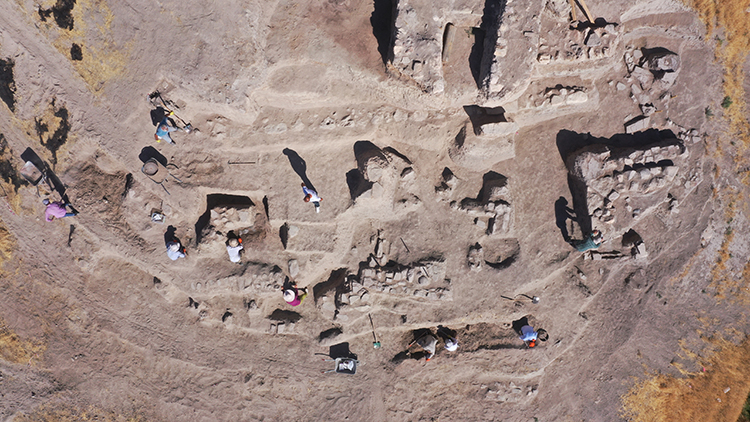
6,000-Year-Old Temple with Blood Channel and Altar Unearthed in Elazığ, Türkiye
A 6,000-year-old temple site has been discovered during archaeological excavations in the village of Tadım in Elazığ, eastern Türkiye. This significant find sheds new light on the region’s ancient past. The excavations, coordinated by Türkiye’s Ministry of Culture and Tourism and carried out by the Elazığ Provincial Directorate of Culture and Tourism together with the
